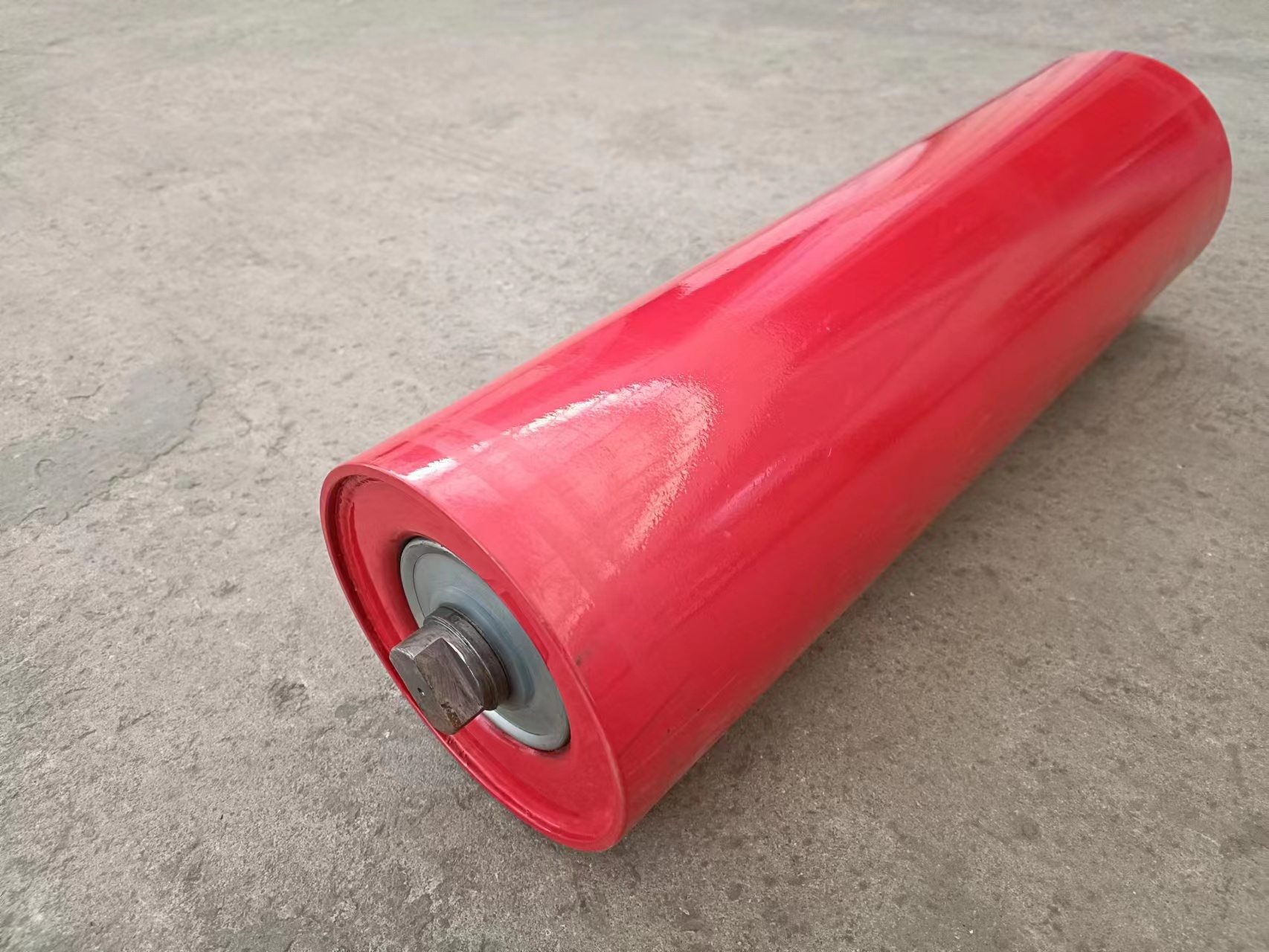 Afrikaans
Afrikaans  Albanian
Albanian  Amharic
Amharic  Arabic
Arabic  Armenian
Armenian  Azerbaijani
Azerbaijani  Basque
Basque  Belarusian
Belarusian  Bengali
Bengali  Bosnian
Bosnian  Bulgarian
Bulgarian  Catalan
Catalan  Cebuano
Cebuano  Corsican
Corsican  Croatian
Croatian  Czech
Czech  Danish
Danish  Dutch
Dutch  English
English  Esperanto
Esperanto  Estonian
Estonian  Finnish
Finnish  French
French  Frisian
Frisian  Galician
Galician  Georgian
Georgian  German
German  Greek
Greek  Gujarati
Gujarati  Haitian Creole
Haitian Creole  hausa
hausa  hawaiian
hawaiian  Hebrew
Hebrew  Hindi
Hindi  Miao
Miao  Hungarian
Hungarian  Icelandic
Icelandic  igbo
igbo  Indonesian
Indonesian  irish
irish  Italian
Italian  Japanese
Japanese  Javanese
Javanese  Kannada
Kannada  kazakh
kazakh  Khmer
Khmer  Rwandese
Rwandese  Korean
Korean  Kurdish
Kurdish  Kyrgyz
Kyrgyz  Lao
Lao  Latin
Latin  Latvian
Latvian  Lithuanian
Lithuanian  Luxembourgish
Luxembourgish  Macedonian
Macedonian  Malgashi
Malgashi  Malay
Malay  Malayalam
Malayalam  Maltese
Maltese  Maori
Maori  Marathi
Marathi  Mongolian
Mongolian  Myanmar
Myanmar  Nepali
Nepali  Norwegian
Norwegian  Norwegian
Norwegian  Occitan
Occitan  Pashto
Pashto  Persian
Persian  Polish
Polish  Portuguese
Portuguese  Punjabi
Punjabi  Romanian
Romanian  Russian
Russian  Samoan
Samoan  Scottish Gaelic
Scottish Gaelic  Serbian
Serbian  Sesotho
Sesotho  Shona
Shona  Sindhi
Sindhi  Sinhala
Sinhala  Slovak
Slovak  Slovenian
Slovenian  Somali
Somali  Spanish
Spanish  Sundanese
Sundanese  Swahili
Swahili  Swedish
Swedish  Tagalog
Tagalog  Tajik
Tajik  Tamil
Tamil  Tatar
Tatar  Telugu
Telugu  Thai
Thai  Turkish
Turkish  Turkmen
Turkmen  Ukrainian
Ukrainian  Urdu
Urdu  Uighur
Uighur  Uzbek
Uzbek  Vietnamese
Vietnamese  Welsh
Welsh  Bantu
Bantu  Yiddish
Yiddish  Yoruba
Yoruba  Zulu
Zulu Key Elements of an Efficient Conveyor System for Optimal Performance
Components of a Conveyor System
Conveyor systems are essential components in various industries, facilitating the movement of goods and materials efficiently from one point to another. Understanding the key components of a conveyor system is critical for businesses aiming to optimize their operations and enhance productivity. This article delves into the main components that make up a conveyor system, highlighting their functions and importance.
1. Belt
.
The conveyor belt is arguably the most recognizable component of a conveyor system. It consists of a continuous loop of material that transports items along the system. Depending on the application, conveyor belts can be made from various materials, including rubber, fabric, and metal. The selection of the belt material is crucial, as it directly affects the belt's durability, resistance to wear, and suitability for specific materials being transported.
2. Rollers
Rollers support the conveyor belt and help facilitate movement. They are typically arranged in a series and can be powered or unpowered. Powered rollers help drive the belt forward, while unpowered rollers act as a stationary support for the belt. The spacing and design of the rollers can influence the belt's load capacity and overall efficiency, making them vital for the system's performance.
3. Drive Mechanism
The drive mechanism is responsible for moving the conveyor belt. It typically consists of a motor, gearbox, and pulleys. The motor provides the necessary power to turn the pulleys, which, in turn, drive the belt. The choice of motor and gearbox configuration is essential for determining the speed and torque of the system, ensuring it meets the operational demands of the conveyor system.
components of a conveyor system

4. Frame
The frame is the structural backbone of the conveyor system. It supports all the components, including the belt, rollers, and drive mechanism. Made from durable materials such as steel or aluminum, the frame must be sturdy enough to withstand the stresses of operations while being lightweight enough for easy installation and maintenance. The design of the frame also dictates the layout and orientation of the conveyor system, influencing its overall efficiency.
5. Control System
A control system manages the operation of the conveyor, ensuring its effective and efficient functioning. This can range from simple on/off switches to complex programmable logic controllers (PLCs) that automate the operation based on various inputs. An efficient control system enhances the operational flexibility of conveyor systems, allowing businesses to adapt to changing production needs quickly.
6. Safety Features
To prevent accidents and ensure the safe operation of conveyor systems, various safety features are incorporated. These include emergency stop switches, guards to prevent accidental contact with moving parts, and sensors that detect jams or abnormalities. Prioritizing safety not only protects workers but also minimizes downtime and costly accidents.
In conclusion, a conveyor system's efficiency and functionality depend on its various components working in harmony. Understanding these elements—the belt, rollers, drive mechanism, frame, control system, and safety features—enables businesses to make informed decisions when selecting and maintaining conveyor systems. By optimizing these components, companies can significantly enhance their productivity and achieve their operational goals.
-
Revolutionizing Conveyor Reliability with Advanced Rubber Lagging PulleysNewsJul.22,2025
-
Powering Precision and Durability with Expert Manufacturers of Conveyor ComponentsNewsJul.22,2025
-
Optimizing Conveyor Systems with Advanced Conveyor AccessoriesNewsJul.22,2025
-
Maximize Conveyor Efficiency with Quality Conveyor Idler PulleysNewsJul.22,2025
-
Future-Proof Your Conveyor System with High-Performance Polyurethane RollerNewsJul.22,2025
-
Driving Efficiency Forward with Quality Idlers and RollersNewsJul.22,2025





























